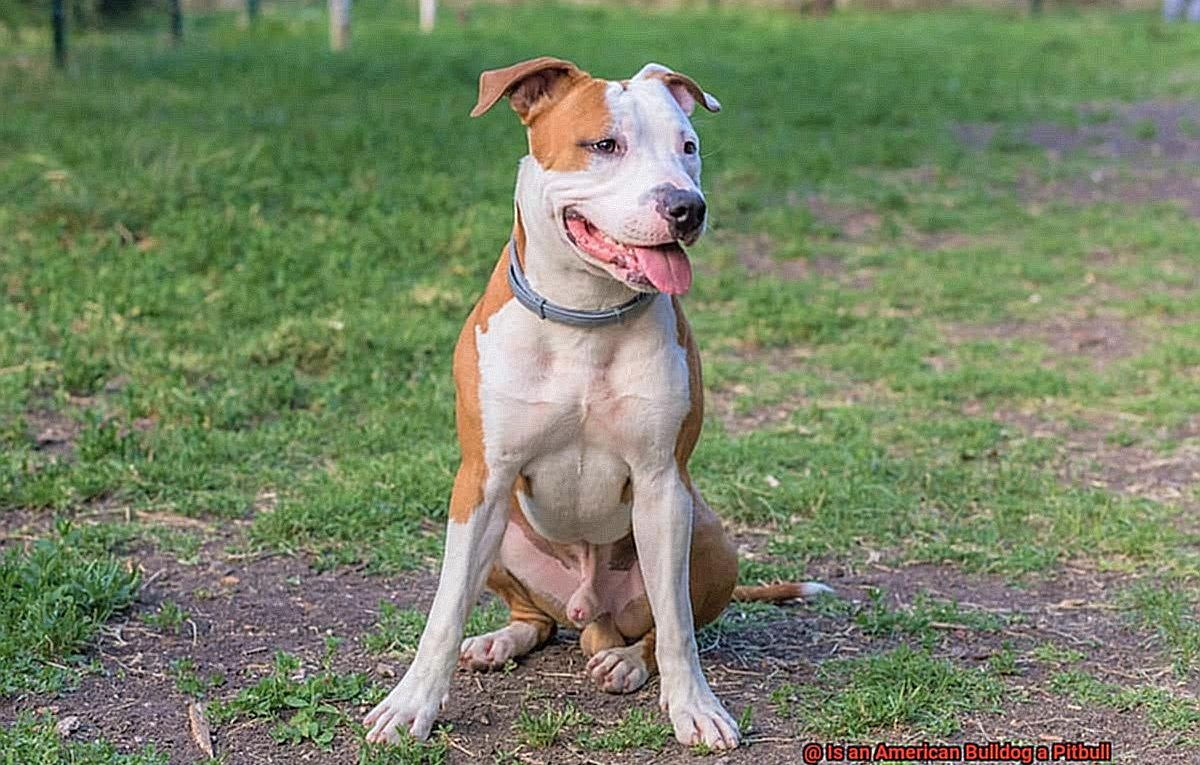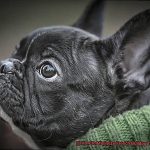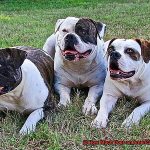Is an American Bulldog a Pitbull?
Are you wondering if an American Bulldog is a Pitbull? It’s not as easy to answer as you might think! To understand the difference between these two breeds, we need to look at their history, physical appearance, and temperament.
The American Bulldog was first introduced in the US in the early 1800s by farmers who wanted a strong and agile dog for herding and farm work. On the other hand, pitbulls came from England in the 19th century and were used mainly for bull baiting and fighting.
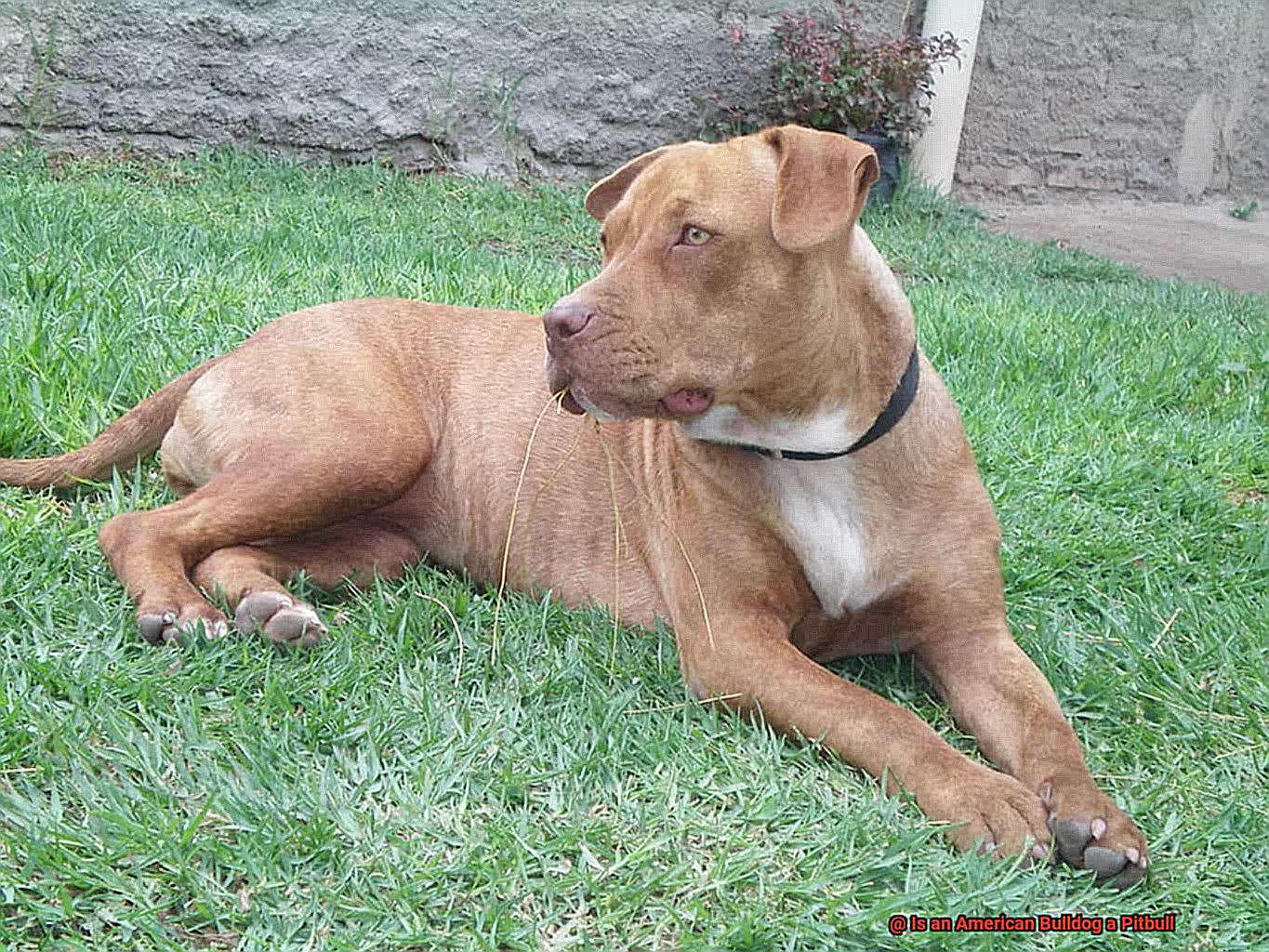
American Bulldogs tend to be bigger than Pitbulls, with longer legs and broader heads. Meanwhile, pitbulls have shorter legs and narrower heads. Plus, American Bulldogs come in many colors, while Pitbulls are usually brown or white.
Both breeds make great family pets, but they do have different personalities. American Bulldogs are more laid-back, while Pitbulls are usually more energetic and alert.
So, it really depends on your personal preference when deciding whether an American Bulldog is a Pitbull or not!
History of the American Bulldog
Contents
- 1 History of the American Bulldog
- 2 Physical Characteristics of the American Bulldog
- 3 Temperament and Personality of the American Bulldog
- 4 Is an American Bulldog a Pitbull?
- 5 Similarities between an American Bulldog and a Pitbull
- 6 Differences between an American Bulldog and a Pitbull
- 7 Health Issues in Both Breeds
- 8 Training Tips for an American Bulldog
- 9 Conclusion
The American Bulldog is a breed of domestic dog with a unique origin story. It was first developed from the English Bulldog in the 1800s, which had been bred for bull baiting in England. When bull baiting became outlawed, some of these dogs were brought to America and crossed with other breeds, such as mastiffs and bulldogs, to create a more agile and athletic breed.
Known for its strength and power, the American Bulldog has proven itself to be an incredibly loyal companion over the years. It has been used for hunting, herding, law enforcement, and even as a beloved pet.
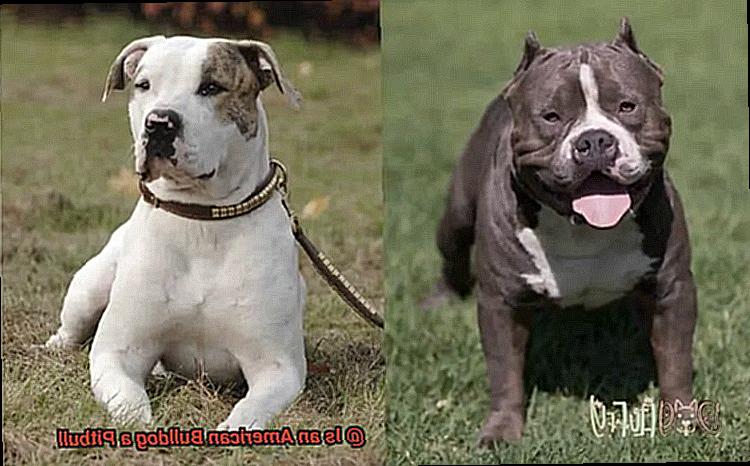
This breed is known for its intelligence and loyalty, making it an ideal choice for any household looking for a furry friend.
Physical Characteristics of the American Bulldog
The American Bulldog is a powerful and majestic breed of dog. With their broad heads, short muzzles, and almond-shaped eyes, they are sure to make an impression. They come in a variety of colors such as white, brown, black, brindle, and fawn, and their ears can be cropped or uncropped according to the owner’s preference.
American Bulldogs are larger than Pitbulls, with a wider chest and longer body. An adult American Bulldog typically weighs between 65 and 120 pounds and stands 20 to 28 inches tall at the shoulder.
This breed is incredibly devoted to their families and loves being around people. They require a lot of exercise and mental stimulation in order to stay happy and healthy.
Temperament and Personality of the American Bulldog
The American Bulldog is an incredible breed with a unique temperament and personality. They are fiercely loyal and devoted to their families, providing them with unwavering protection.
Highly intelligent, they are eager to learn new commands and tricks, though they can be quite stubborn. With consistent instruction and positive reinforcement, however, they will soon obey.
As they have a strong prey drive, it is important to socialize them with other animals from a young age. This breed is also great with children if supervised while playing together.
If you’re looking for an intelligent and caring family companion, the American Bulldog could be the perfect pet for you!
Is an American Bulldog a Pitbull?
You may be wondering if an American Bulldog is the same as a Pitbull. The answer is no – although they may look similar, these two breeds are actually quite different.
American Bulldogs are larger than Pitbulls and have a longer muzzle and neck. They were bred for farm work such as herding cattle, while Pitbulls were bred to fight other dogs. As a result, American Bulldogs tend to be friendly and loyal companions, while Pitbulls can be more aggressive due to their history.
Despite their differences, both breeds can make excellent family pets with the right training and socialization.
Similarities between an American Bulldog and a Pitbull
American Bulldogs and Pitbulls are two breeds of dog that have a lot in common. Both dogs boast strong, muscular builds, with short coats and wide heads. But their similarities don’t end there – they are also both loyal, affectionate breeds that love being around people.
To ensure these breeds remain happy and healthy, owners must be willing to invest time in training and providing plenty of exercise. Both American Bulldogs and Pitbulls are intelligent, eager to please, and make great family pets!
However, it’s important to note that both breeds can be prone to aggression if not socialized or given enough mental stimulation. Owners must remain vigilant when caring for these breeds to ensure the best possible environment for them.
Differences between an American Bulldog and a Pitbull
The American Bulldog and Pitbull may look similar at first glance, but there are some distinct differences between the two breeds. American Bulldogs are larger and have a more muscular, powerful build with a wide head. Pitbulls, on the other hand, have a more slender physique and a smaller head.
American Bulldogs typically have short, smooth coats while Pitbulls usually have short, glossy coats that can be solid or brindled in color.
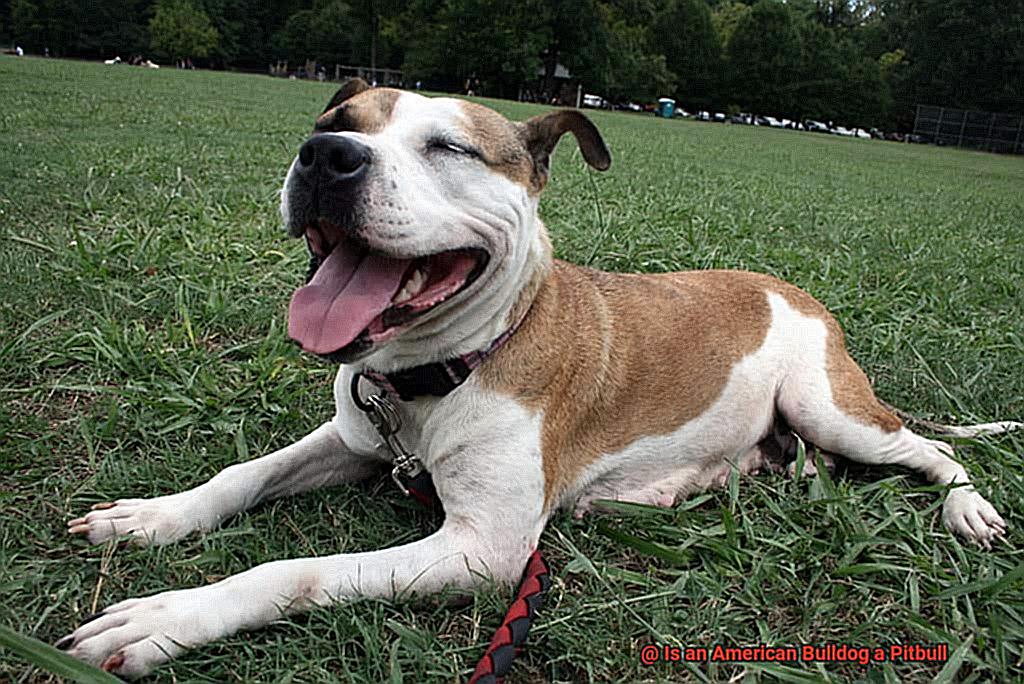
American Bulldogs tend to be more active and energetic than Pitbulls. However, Pitbulls are known for their loyalty and affectionate nature; they form strong bonds with their owners and can be quite devoted. On the other hand, American Bulldogs are more independent and less likely to form close relationships with their owners.
It’s important to note that both breeds can be aggressive if not properly trained and socialized; however, this aggression is often overstated in the media. With the right training and socialization, these breeds can make wonderful companions for any family.
Health Issues in Both Breeds
Do you have an American Bulldog or a Pitbull? If so, it’s essential to be aware of the health issues that can affect these breeds.
American Bulldogs are susceptible to hip dysplasia, a condition in which the hip joint fails to form correctly and can cause pain and lameness. Pitbulls, too, may suffer from hip dysplasia as well as other conditions such as allergies and skin problems. Both breeds can also develop eye diseases like cataracts and glaucoma.
To ensure your dog has a long and healthy life, regular vet visits and screenings are key. Keeping up with these visits will help diagnose any potential issues before they become serious.
Training Tips for an American Bulldog
Early Training
Starting early is essential for the growth and development of an American Bulldog. Begin with basic obedience and socialization commands, such as sit, stay, come, and heel. Positive reinforcement should be used to reward good behavior and create clear boundaries and goals for your pup.
Consistency is key when teaching your pup, as they will quickly pick up on patterns and habits.
Exercise is also important for an American Bulldog; activities such as fetch or tug of war can help them burn off energy in a positive way.
Socialization with other dogs and people should also be part of their training, as this will help them become comfortable in different environments.
Positive Reinforcement
Positive reinforcement is the best way to train your American Bulldog, as they respond well to praise and rewards. Treats and toys are great incentives for good behavior during training sessions. It’s important to remain consistent during training sessions and provide clear instructions that the dog understands. Establish yourself as the pack leader by being firm but fair during your interactions with your American Bulldog.
Short Training Sessions
Training an American Bulldog can be a lengthy process, so it’s important to keep sessions short—10 minutes or less—to keep the dog from getting bored or distracted. If you find that your pup is becoming easily bored or distracted by something else in the room, take a break before continuing the session later that day or next week. This will help them stay interested in their learning process without being overwhelmed by too much information at once.
Punishment
When training an American Bulldog, it’s important to avoid punishment because punishment can lead to aggressive behavior if done incorrectly or harshly.
Rather than punishing them for bad behavior, try redirecting their attention to something more positive, like a toy or treat, so they learn what behaviors are acceptable without feeling threatened or scared when learning new things.
Patience and Dedication
Training an American Bulldog requires patience and dedication from both sides involved—you’ll have to put in the time and effort into teaching them new things while still being patient enough to wait until they understand each command before moving onto something else.
The most important thing is consistency—make sure you’re providing clear instructions every time you train so that they know what you expect from them each time.
Also Read:American Bulldog vs English Bulldog vs French Bulldog?
Conclusion
The American Bulldog and Pitbull share many similarities—both breeds have short coats and wide heads, with long coats and broad heads. They are both loyal and affectionate, loving to be around people.
However, they do differ in size, physical appearance, and temperament. American Bulldogs tend to be larger than Pitbulls, with a broader chest and longer body.
Pitbulls are more vivacious and devoted, while American Bulldogs are known for their loyalty and love.
It’s important for owners to remain vigilant when caring for these breeds, providing the best possible environment for them. If not socialized or given enough mental stimulation, they can become prone to violence; owners must stay alert when caring for them.
